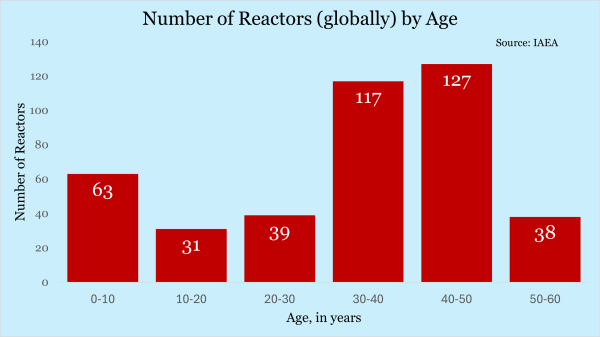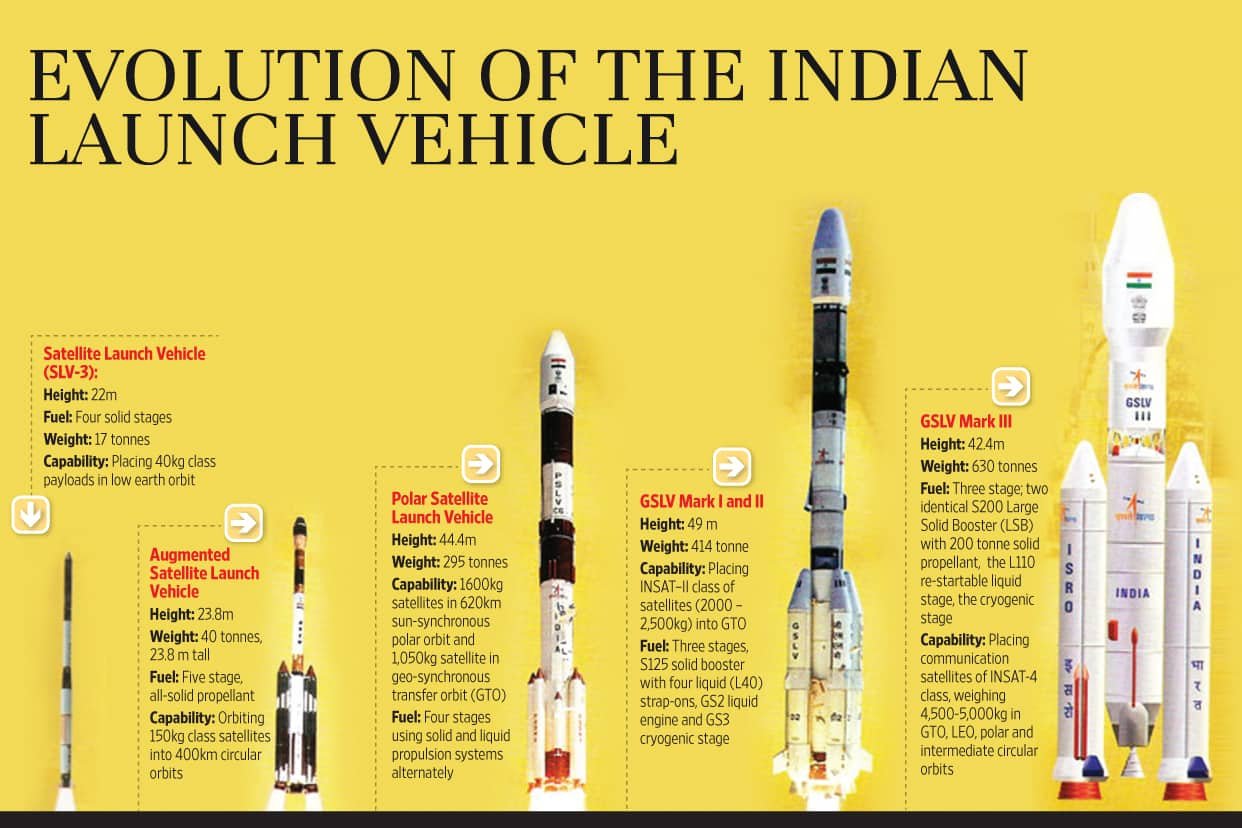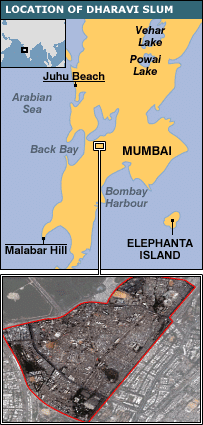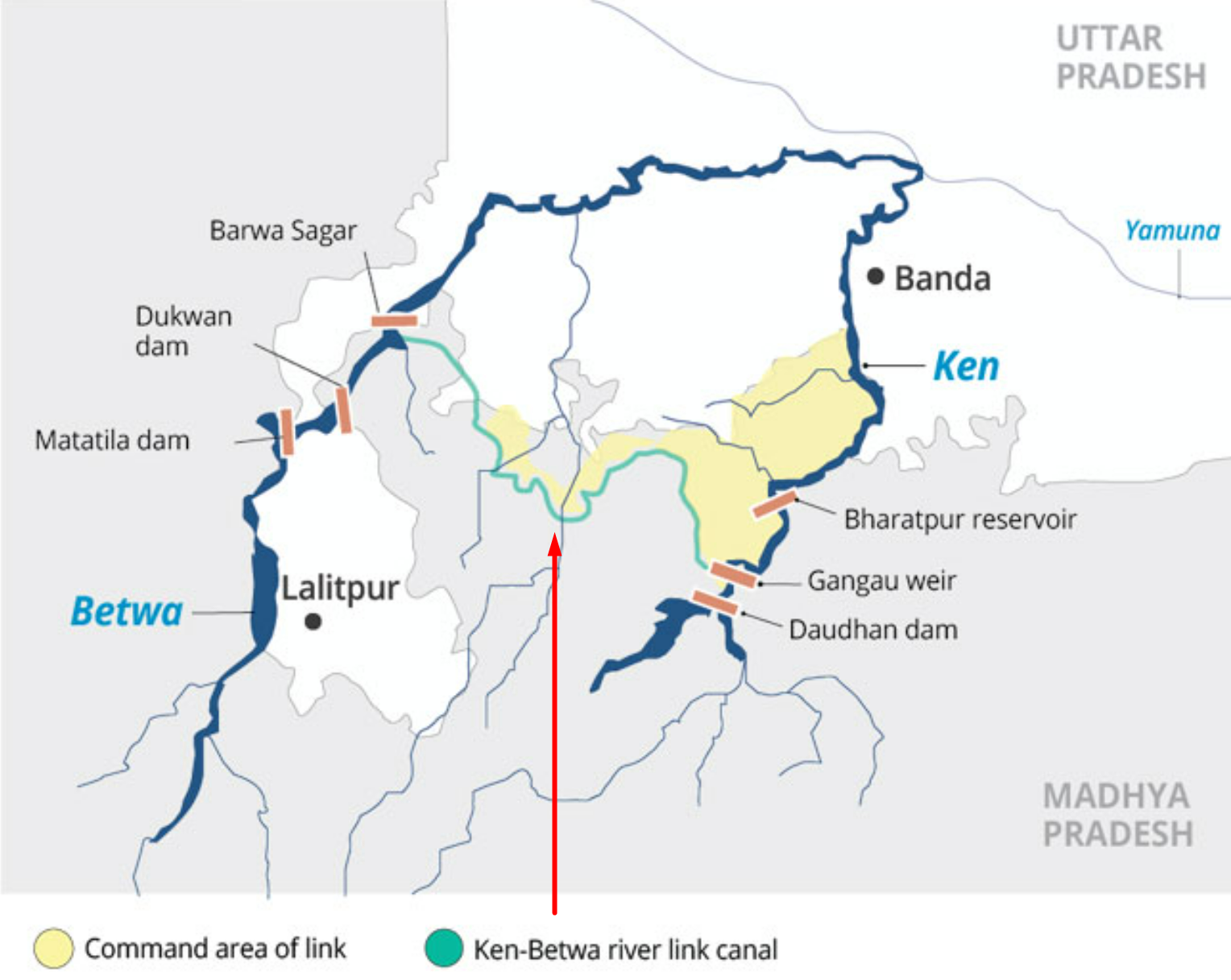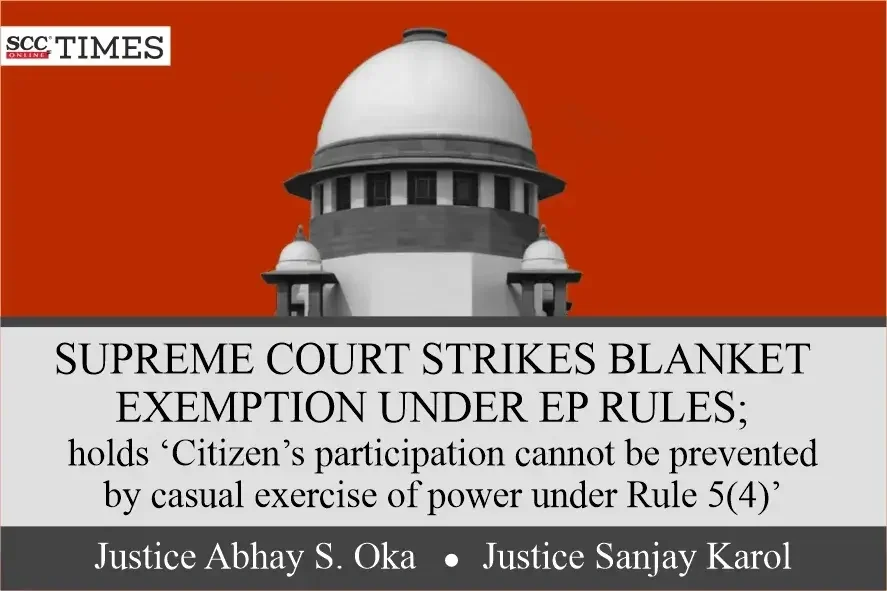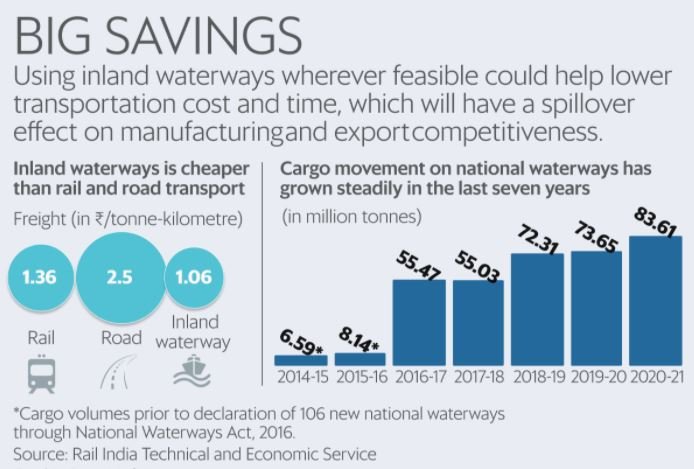
Science Communication
Subscribers of "Current Affairs" course can Download Daily Current Affairs in PDF/DOC
Subscribe to Never Miss an Important Update! Assured Discounts on New Products!
Must Join PMF IAS Telegram Channel & PMF IAS History Telegram Channel
- Context (TH): Recently, science communication in India was in news.
- Last year, ISRO’s Chandrayaan-3 mission and COVID-19 information dissemination showcased diverse aspects of science communication in India. E.g,
- The live telecast of the Chandrayaan-3 lander’s soft landing was a significant demonstration.
- The manual on homemade masks issued by the Office of the Principal Scientific Advisor was crucial in promoting reusable and affordable masks.
- Despite these efforts, India’s pandemic revealed significant gaps in reliable scientific information communication.
- Issues included inaccurate data reporting, vaccine hesitancy, and predicting the resurgence of infections.
What is science communication?
- Science communication refers to sharing scientific information, knowledge, and discoveries with various audiences (public, policymakers, and other stakeholders).
- The goal of science communication is to make scientific concepts accessible, understandable, and relevant to non-experts.
- Effective science communication helps promote scientific literacy and build public trust in scientific institutions.
Steps Taken in India to Promote Science Communication
- Establishment of Publications & Information Directorate (PID) under CSIR it published science magazines like Vigyan Pragati, Science Reporter, and Science Ki Duniya.
- Setting up the Birla Industrial and Technological Museum in Calcutta (1959) for promoting science education.
- 42nd Amendment to the Constitution (1976): Parliament passed Article 51 A(h), emphasizing the duty of every citizen to develop a scientific temper, humanism, and the spirit of inquiry and reform.
- Sixth Five Year Plan (1980-1985): It focused on popularising science and nurturing scientific thinking, leading to the establishment of the National Council for Science and Technology Communication.
- Vigyan Prasar (1989): The Department of Science and Technology set up Vigyan Prasar, an autonomous organisation dedicated to popularising science on a broader scale.
Challenges/issues
- Lack of formal education and training in science communication.
- Despite achievements, the closure of Vigyan Prasar in 2023 indicated existing challenges.
Way Forward
- Expanding master’s and doctoral programs in the field.
- Involving students, scientists, and institutions in the communication process.
- Recognizing and rewarding scientists for effective communication.
- Establishing a large-scale science communication strategy for national challenges.





![PMF IAS Environment for UPSC 2022-23 [paperback] PMF IAS [Nov 30, 2021]…](https://pmfias.b-cdn.net/wp-content/uploads/2024/04/pmfiasenvironmentforupsc2022-23paperbackpmfiasnov302021.jpg)
